ČIVIĆ K. et al. teh. ur. (2004): Crveni popis ugroženih biljaka i životinja Hrvatske. Državni zavod za zaštitu prirode, Zagreb, 1-112.
KEROVEC M. ur. (1995): Ekološke monografije 4. Prirodoslovna istraživanja biokovskog područja. Zbornik radova sa Kongresa održanog od 11-16. listopada 1993. u Makarskoj. Hrvatsko ekološko društvo, Zagreb, 1-359.
KEROVEC M., DURBEŠIĆ P. ur. (2002): Ekološke monografije 5. Prirodoslovna istraživanja biokovskog područja. Zbornik radova s Kongresa održanog od 11.-16. listopada 1993. u Makarskoj knjiga 2. Hrvatsko ekološko društvo, Zagreb, 1-430.
KUŠAN F. (1969): Biljni pokrov Biokova (Flora i vegetacija). Jugoslavenska akademija znanosti i umjetnosti, Zagreb, 1-224.
NIKOLIĆ T. ur. (2000): Flora Croatica. Indeks Florae Croaticae. Pars 3. Natura Croatica Vol. 9, Suppl. 1. Hrvatski prirodoslovni muzej, Zagreb, 1-324.
NIKOLIĆ T., TOPIĆ J. ur. (2004): Vaskularna flora. U Čivić, K. et al. teh. ur.: Crveni popis ugroženih biljaka i životinja Hrvatske. Državni zavod za zaštitu prirode, Zagreb, 15-46.
NIKOLIĆ T., TOPIĆ J. ur. (2005): Crvena knjiga vaskularne flore Republike Hrvatske. Kategorije EX, RE, CR, EN i VU. Ministarstvo kulture, Državni zavod za zaštitu prirode, Zagreb, 4-695.
RADIĆ J. (1976): Bilje Biokova. Institut «Planina i more», Makarska, 1-237.
RADIĆ J. ur. (1981): Acta Biokovica. Radovi o prirodi biokovskog područja. Prvi znanstveni skup o prirodi biokovskog područja od 08.-10. listopada 1979. VOL. I, SIZ za kulturu općine Makarska, Centar za kulturu općine Makarska, Institut «Planina i more», Makarska,1-319.
RADIĆ J. ur. (1983): Acta Biokovica. Radovi o prirodi biokovskog područja. Drugi znanstveni skup o prirodi biokovskog područja od 16.-18. svibnja 1983. VOL. II, SIZ za kulturu općine Makarska, Centar za kulturu općine Makarska, Institut «Planina i more», Makarska, 1-416.
RADIĆ J. ur. (1985): Acta Biokovica. Radovi o prirodi biokovskog područja. Biokovski živi fosili vapnojed i prodornik. VOL. III, SIZ za kulturu općine Makarska, Centar za kulturu općine Makarska, Institut «Planina i more», Makarska,1-144.
RADIĆ J. ur. (1987): Acta Biokovica. Radovi o prirodi biokovskog područja. Treći znanstveni skup o prirodi biokovskog područja od 27.-29. travnja 1987. VOL. IV, SIZ za kulturu općine Makarska, Centar za kulturu općine Makarska, Institut «Planina i more», Makarska,1-351.
RUKAVINA M. ur. (1983): Prostorni plan. Park prirode i spomen područje Biokovo. Zavod za urbanizam Arhitektonskog fakulteta, Sveučilišta u Zagrebu, Zagreb, 1-81.
ŠOLIĆ M. E. (2001.): Floristička i fitocenološka sastavnica područja Parka prirode Biokovo i kontaktnih zona Parka, za potrebe izrade prostornog plana Parka prirode Biokovo, Županijskog zavoda za prostorno uređenje, Institut „Planina i more“, Makarska, 1-77.
ŠUGAR I. ur.(1994): Crvena knjiga biljnih vrsta Republike Hrvatske. Ministarstvo graditeljstva i zaštite okoliša, Zavod za zaštitu prirode, Zagreb, 1-522.
 English
English

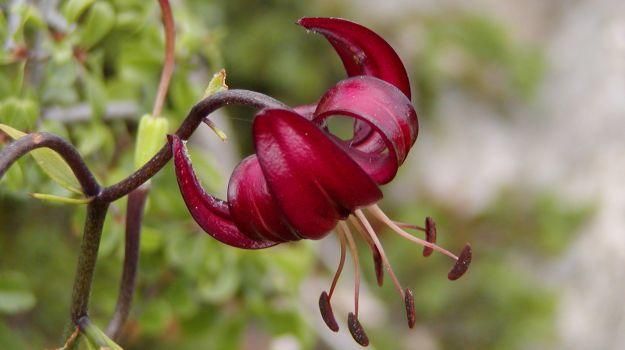
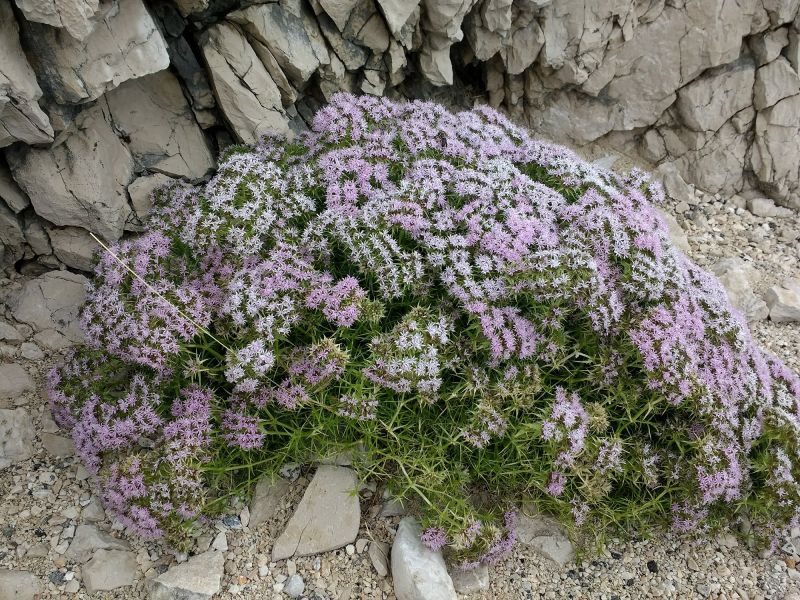
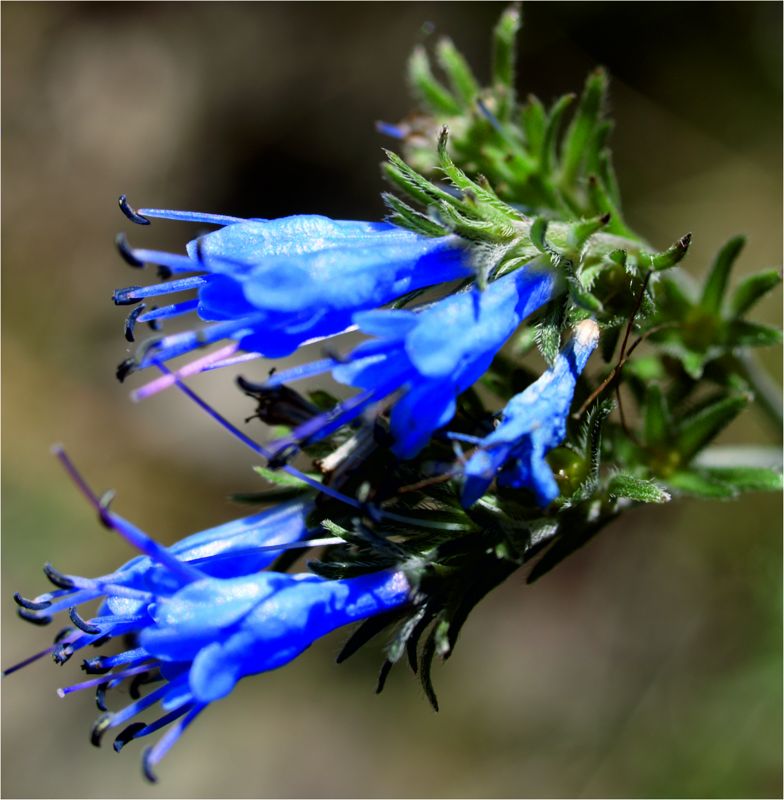
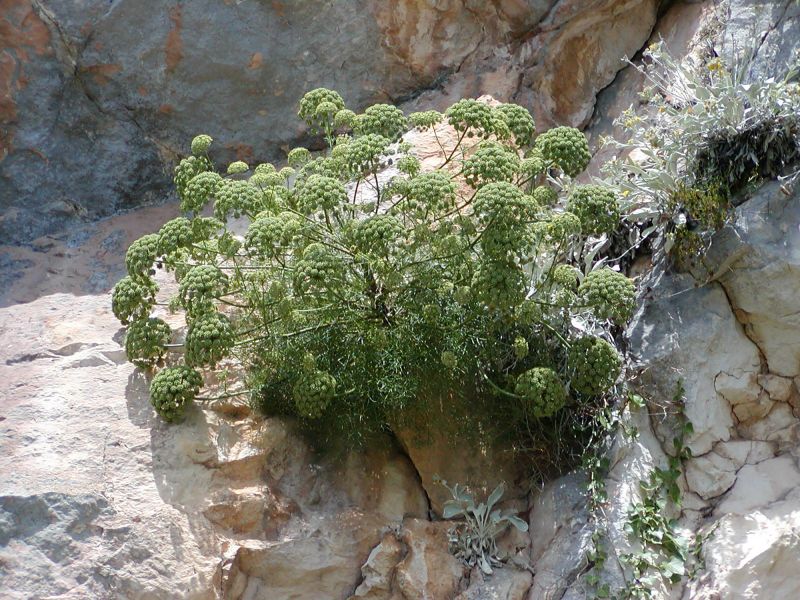
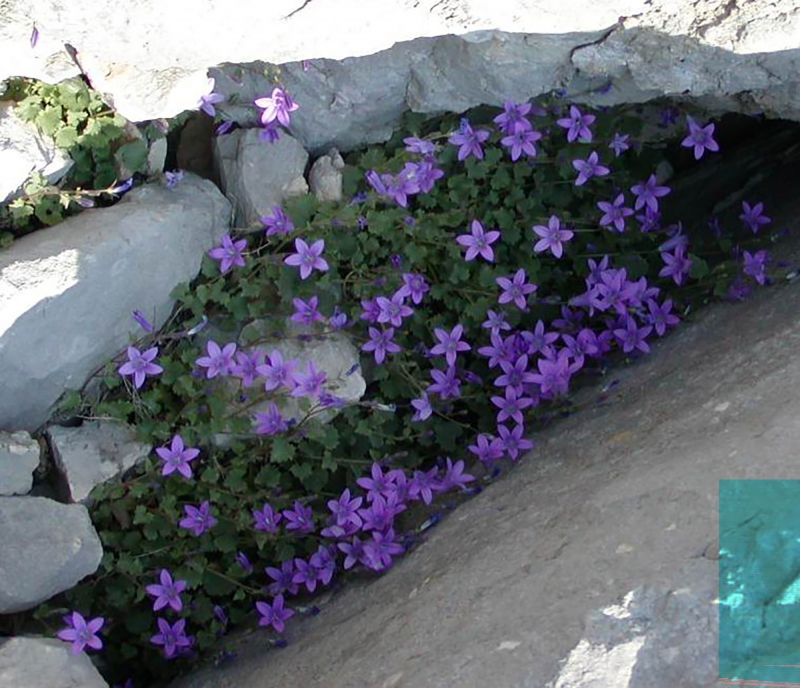
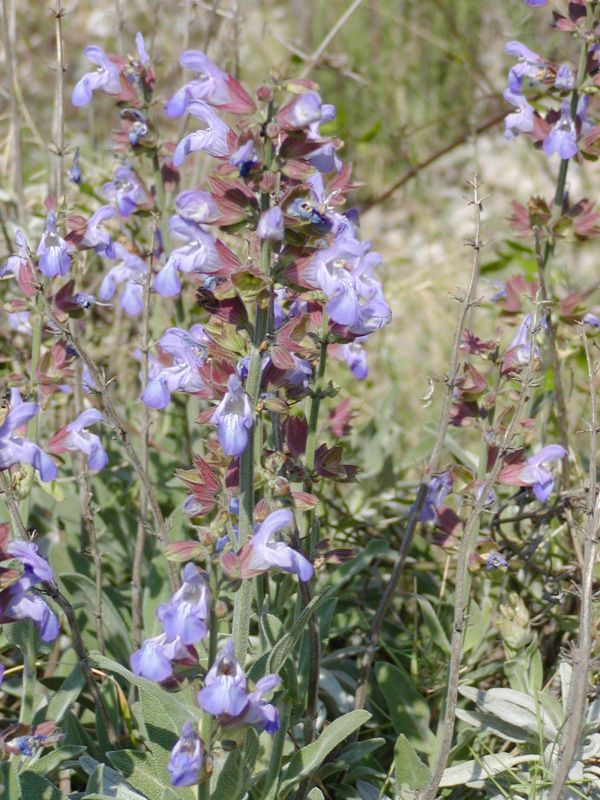
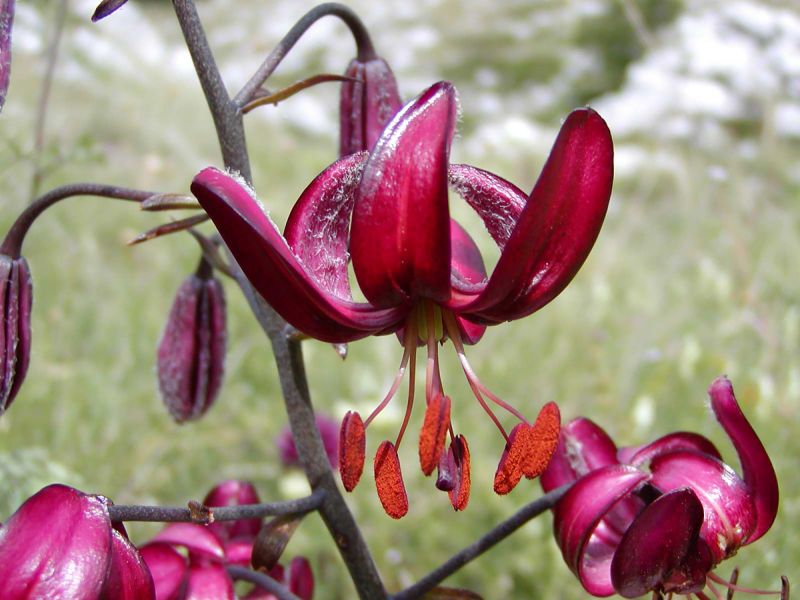
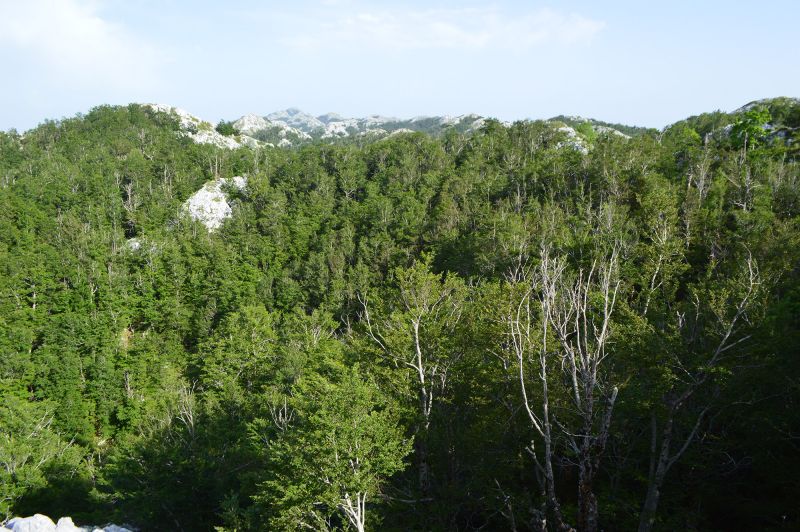
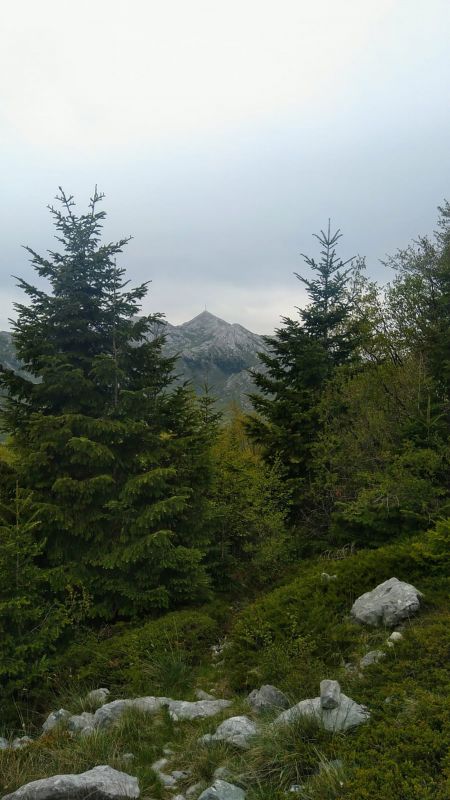
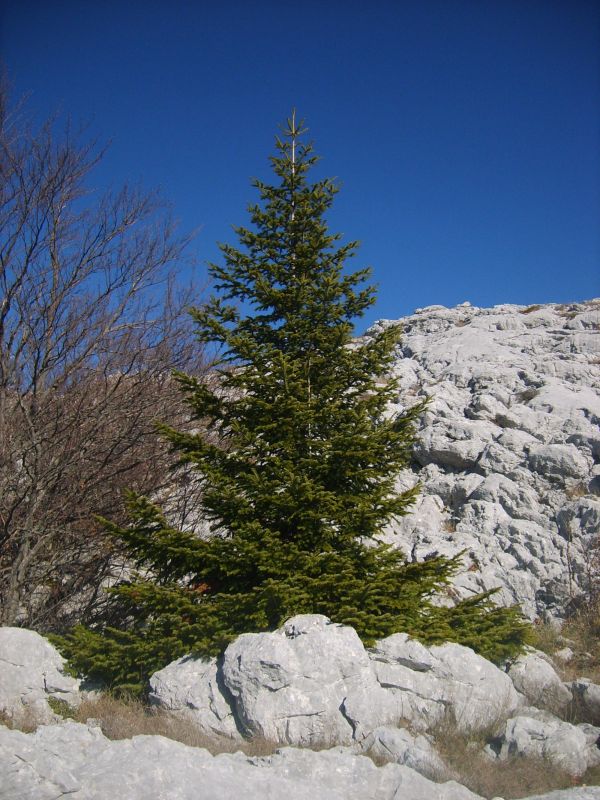
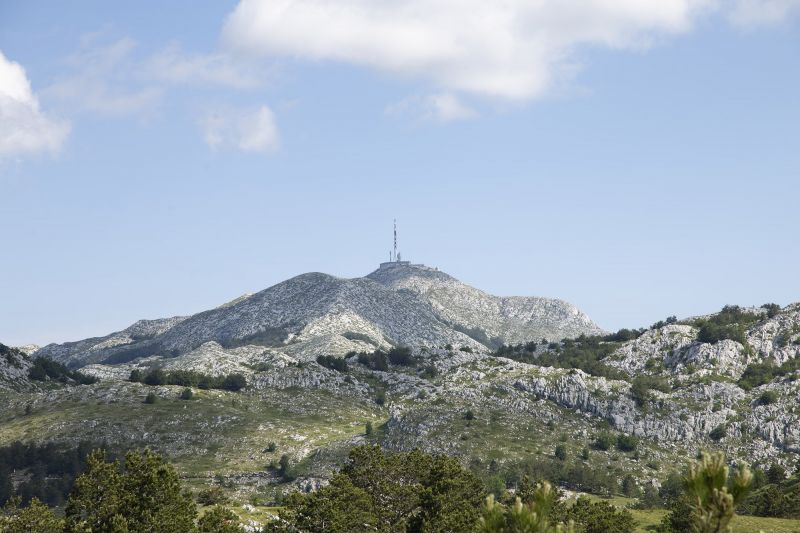
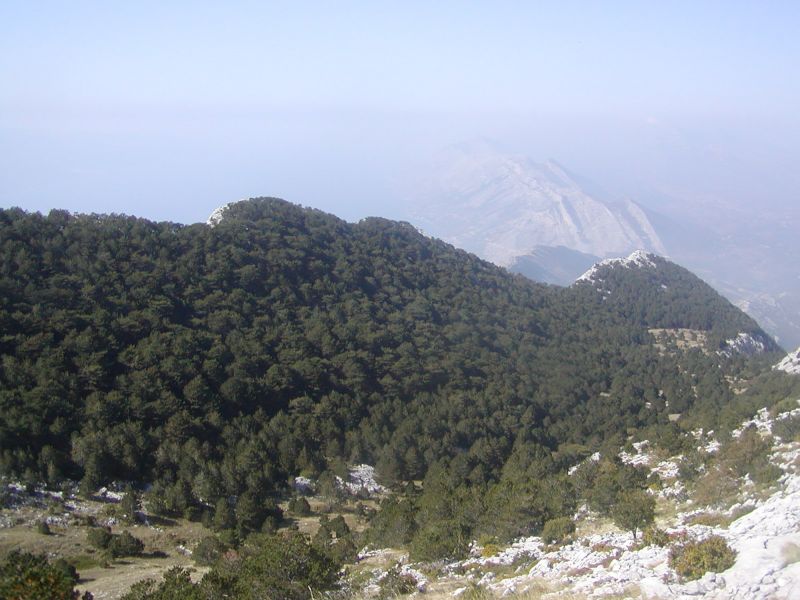
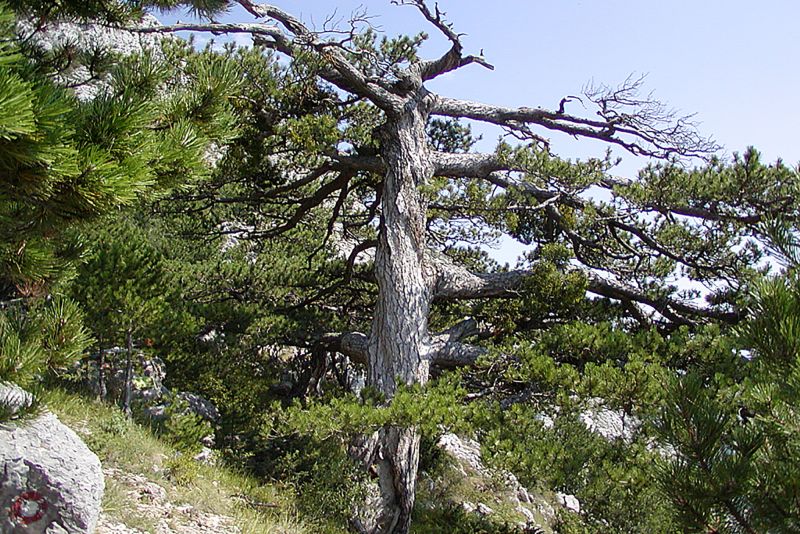
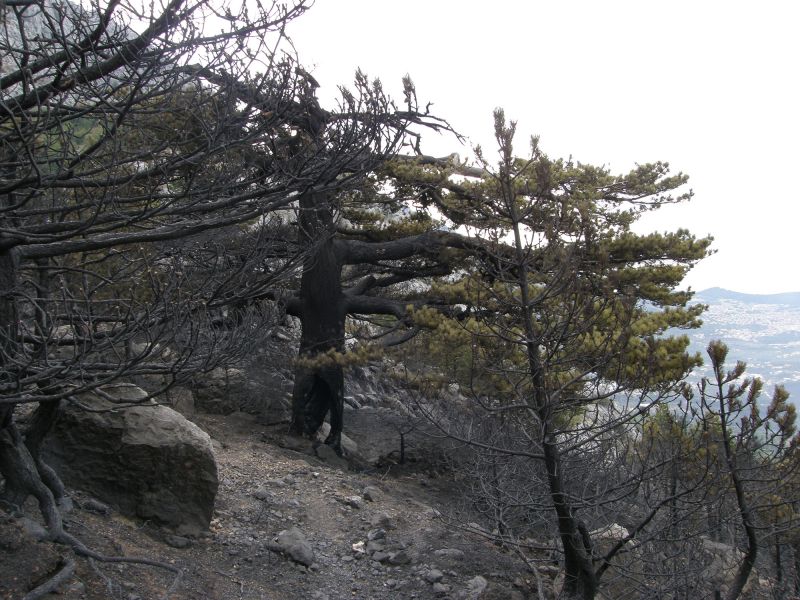
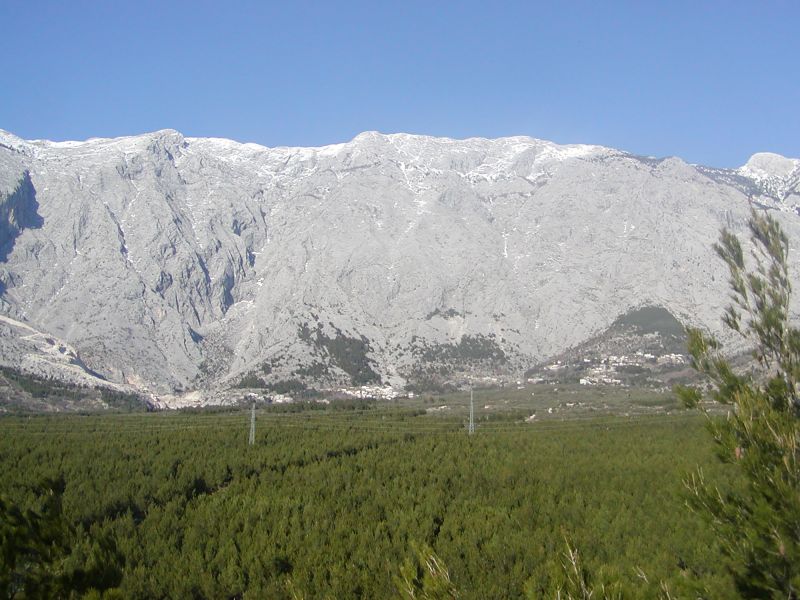
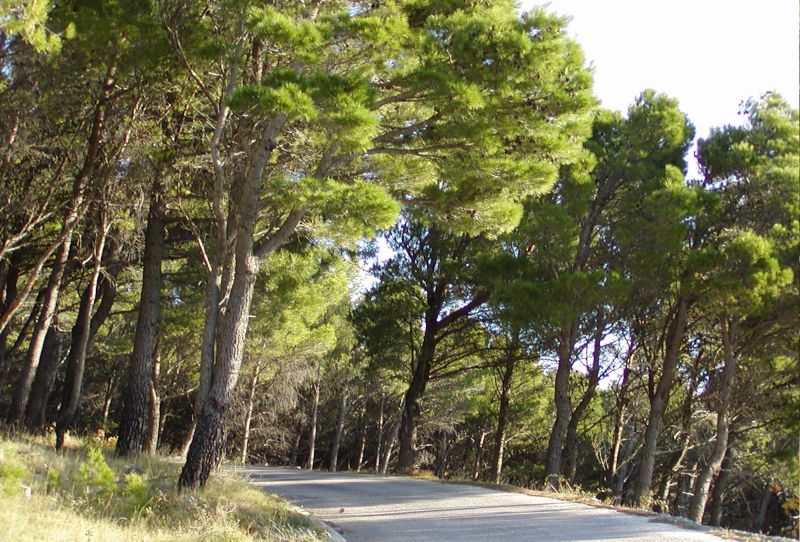
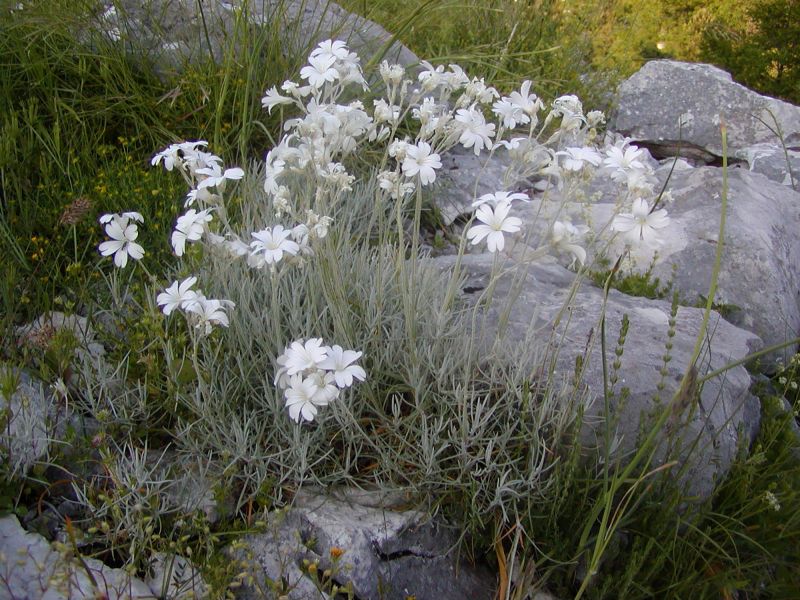
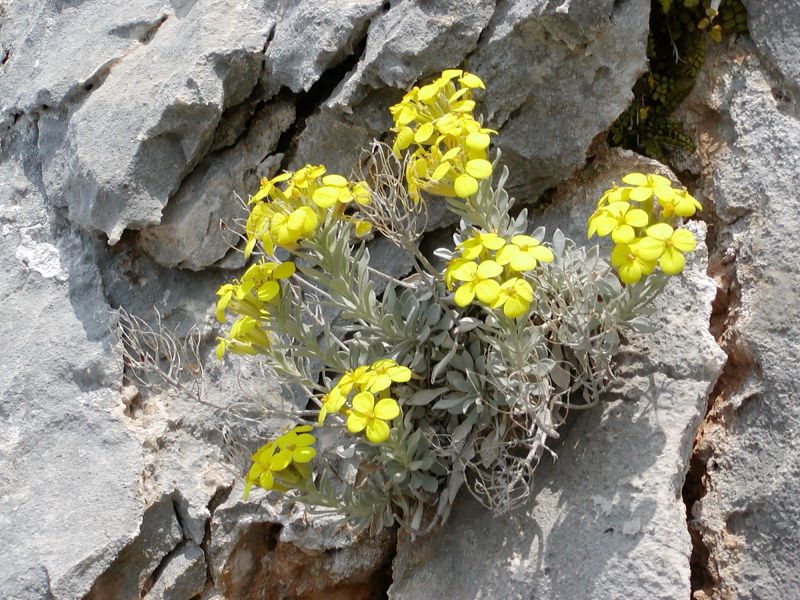
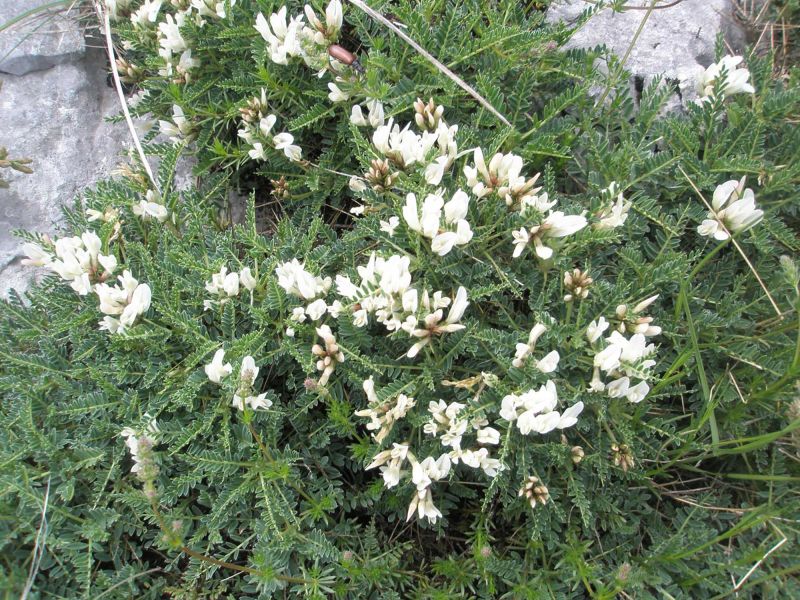
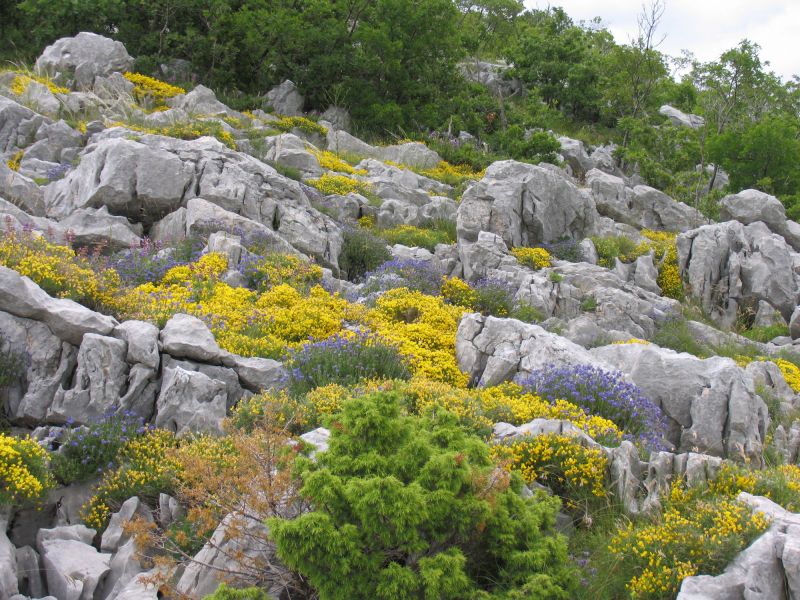
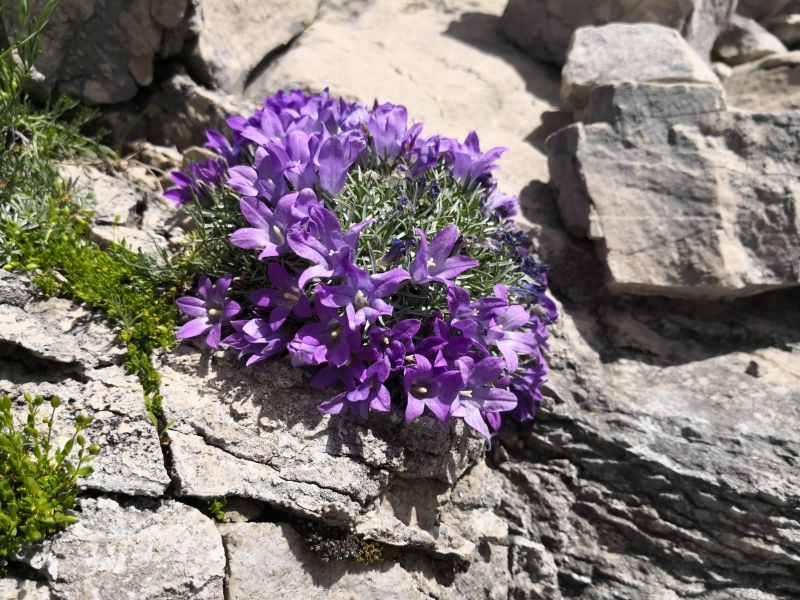
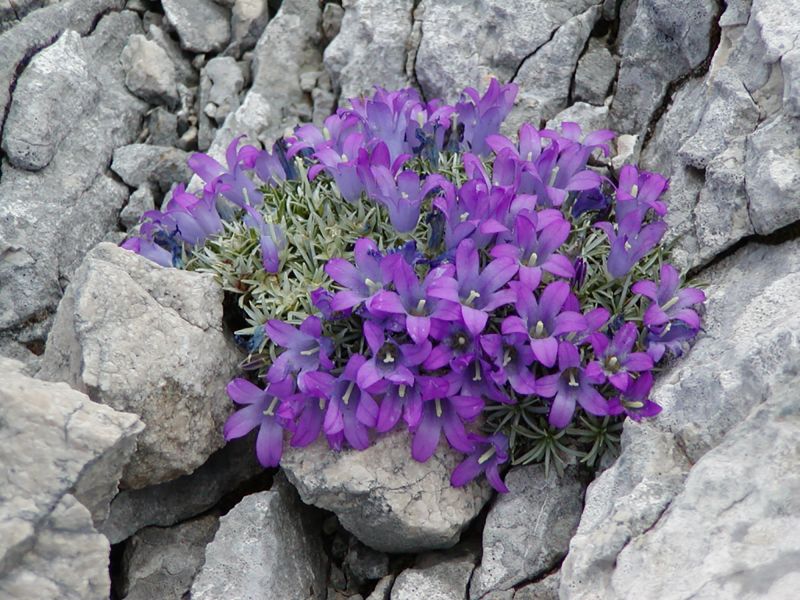
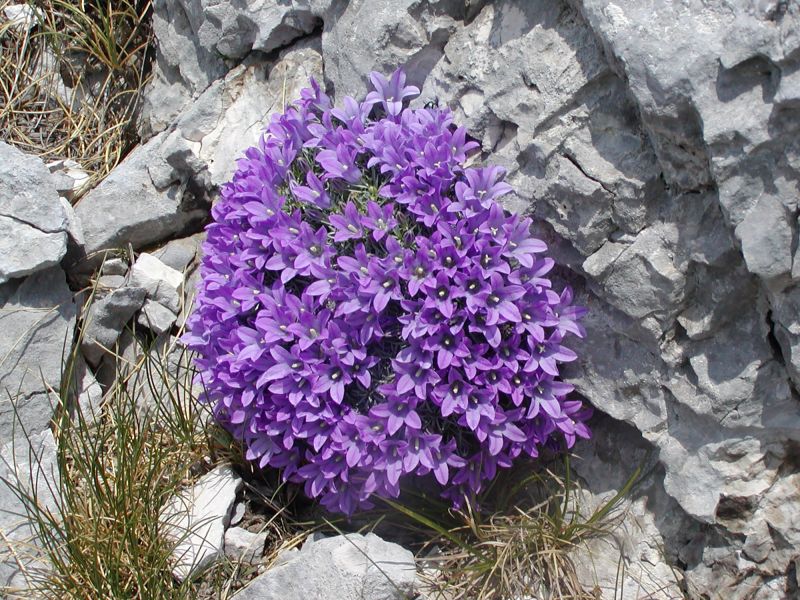



 Parks of Croatia
Parks of Croatia





















